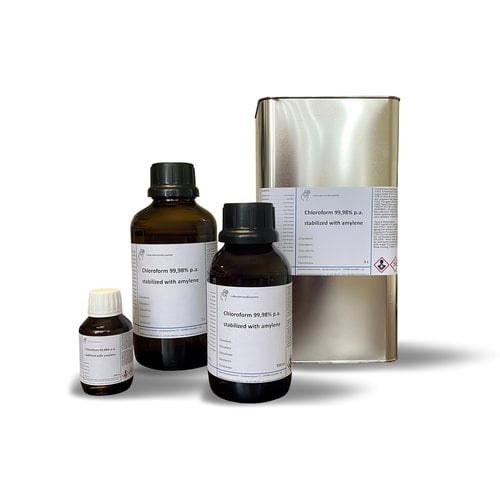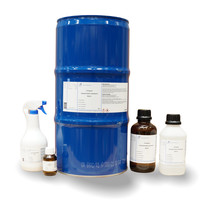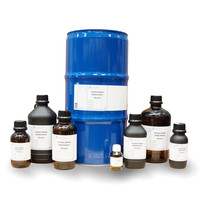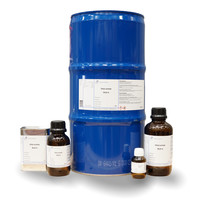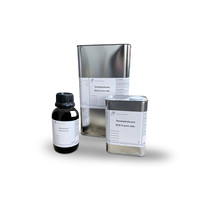You have no items in your shopping cart
Chloroform 99,98% p.a.
- Buy 2 and save 5%
- Buy 6 and save 10%
Chloroform or trichloromethane is an organochlorochemical compound with the molecular formula CHCl3.
Often used as a solvent, chloroform is now mostly replaced by dichloromethane, which has similar properties but is less toxic. Chloroform was once used as an anesthetic in operating rooms and a meat preservative.
Chloroform is a very volatile liquid. However, chloroform vapors do not form explosive mixtures with air.
Chloroform is an excellent solvent for many organic materials such as fats, oils, resins, wax, etc. It is completely miscible with many organic solvents and dissolves iodine and sulfur.
Chloroform forms many azeotropic mixtures with other liquids such as acetone, ethanol, water and methanol.
-Chloroform in fiction
In several works of fiction, chloroform is often used by criminals to put their victims to sleep. Usage as described is not credible. First, because it takes a few minutes, not a few seconds, for chloroform to kick in, theoretically giving the attacked person time to struggle or call for help. Moreover, the effect is not permanent. The anesthetists using it had to renew the dose regularly to keep their patient unconscious.
Rumors of criminals putting their victims to sleep with chloroform hidden in a perfume bottle sprayed on their target have no more credit. Chloroform is far too volatile a gas to remain so concentrated in the air that someone faints.
-Technical information
Empirical formula CHCl3
Molar mass (M) 119.38 g / mol
Density (D) approx. 1.48
Boiling point (bp) 62 ° C
Melting point (mp) -63 ° C
Solubility 8.2 g / l (H2O, 20 ° C)
ADR 6.1 III • WGK 3
CAS No. [67-66-3]
EC no. 200-663-8 • UN No. 1888
Downloads
$$$$$
Hazard statements
H302 Harmful if swallowed
H315 Causes skin irritation
H319 Causes serious eye irritation
H331 Toxic by inhalation
H351 Suspected of causing cancer
H361d Suspected of damaging the unborn child
H372 Causes damage to organs through prolonged or repeated exposure
Safety recommendations
P202 Do not handle until all safety precautions have been read and understood.
P260 Do not breathe mist / vapor / spray.
Precautions - response
P302 + P352 IF ON SKIN: Wash with plenty of water.
P304 + P340 IF INHALED: Remove person to fresh air and keep comfortable for breathing.
P305 + P351 + P338 IF IN EYES: Rinse cautiously with water for several minutes. remove contact lenses, if possible; keep rinsing.
P308 + P313 NA (possible) exposure: Get medical attention.

